Here’s the Technorati homepage. If you’re signed in, your blog’s basic stats would appear at the upper right corner, which is now covered occupied by advertising:
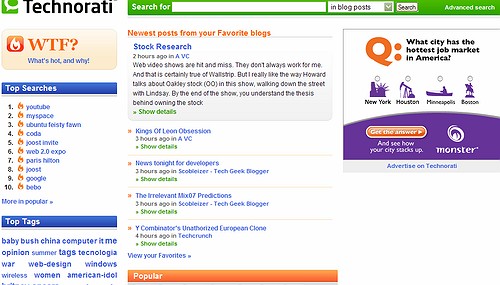
It’s frustrating enough to see ads hide actual content on Yahoo..etc, but normally there’s a way to click and close it. Not this one. This is a solid ad, you read it or leave it, it won’t go away. So where’s the account data? Your guess is as good as mine … it’s gone! You can randomly click around, and find it after a few clicks via Favorites, Ping ..etc – but the most important information, along with your inbound links is completely missing from the Front Page.
Perhaps Technorati are just as confused as I am… the WTF button on the left takes on a new (old) meaning…
Update (4/25): Apparently it was a bug, Technorati fixed it. Kudos for responding fast! At the same time…I know it’s “release often, release early” but I didn’t think testing became a 100% user function…

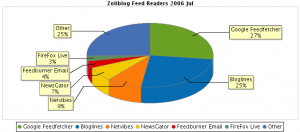
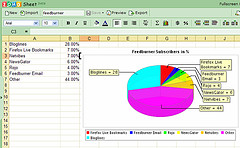
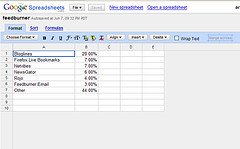 Almost a year ago I wrote about a
Almost a year ago I wrote about a 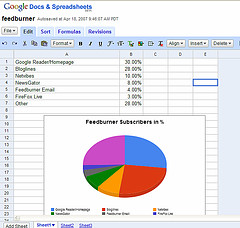
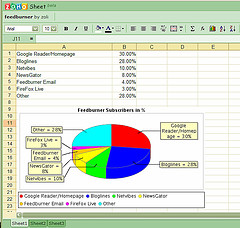
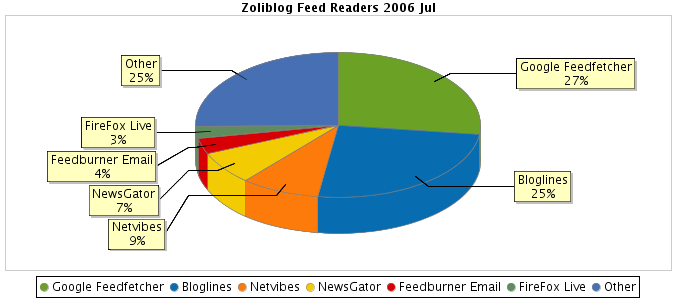 The chart to the right is not an image, any changes in the originating spreadsheet will be immediately reflected in the published article.
The chart to the right is not an image, any changes in the originating spreadsheet will be immediately reflected in the published article.

 Way back at the Office 2.0 conference
Way back at the Office 2.0 conference 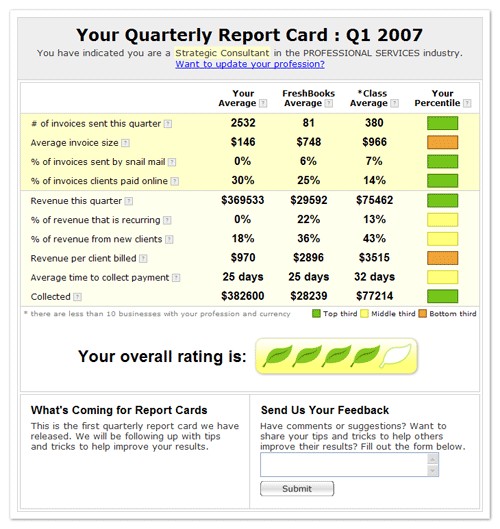
 :
: Yugma
Yugma
 Surprise #3: Web 2.0 needs connectivity, we all know that. Wireless works, albeit sloooowly. But…but: we need, power, too. I know, it’s my fault, should have carried extra batteries.. and there’s never enough power outlet for all attendees. But I haven’t been to any conference where’s not a single power outlet in the entire room. I’m sitting outside, next to a watercooler (which runs on power, so it led me to a spare outlet), trying to recharge my hungry laptop. I’m afraid starting tomorrow, there will be tough competition for these spots.
Surprise #3: Web 2.0 needs connectivity, we all know that. Wireless works, albeit sloooowly. But…but: we need, power, too. I know, it’s my fault, should have carried extra batteries.. and there’s never enough power outlet for all attendees. But I haven’t been to any conference where’s not a single power outlet in the entire room. I’m sitting outside, next to a watercooler (which runs on power, so it led me to a spare outlet), trying to recharge my hungry laptop. I’m afraid starting tomorrow, there will be tough competition for these spots.


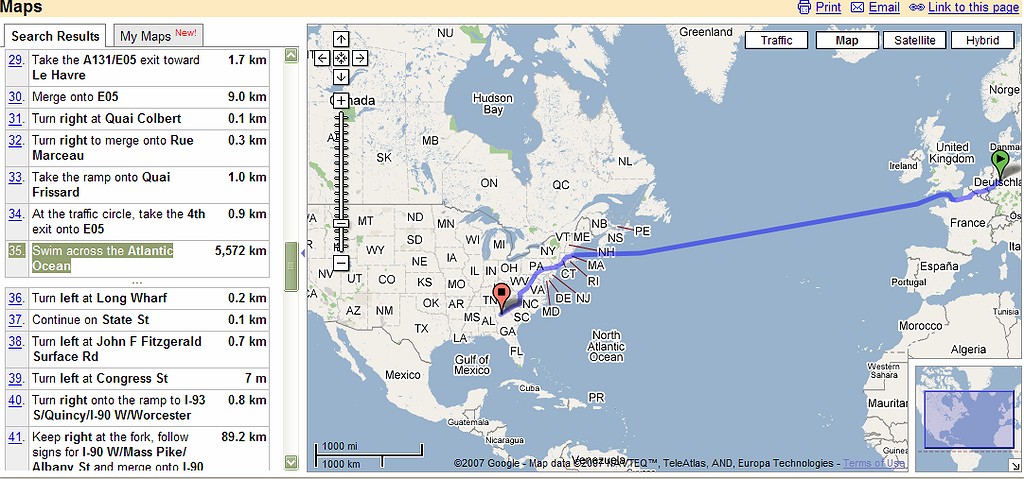


Recent Comments